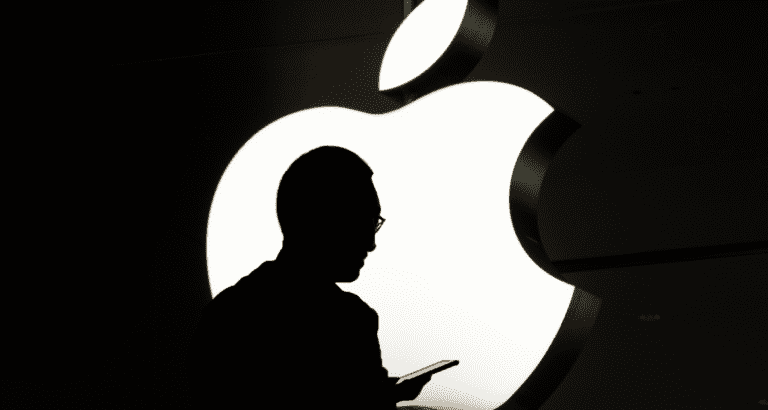The approval process of Apple’s App Store leaves many developers in the dark about how and why their apps and updates are reviewed and disapproved. Some consider quitting iOS development as a result.
Jake Nelson, a London-based developer, uploaded a regular update to Apple’s App Store in January, providing additional support for a slew of new languages to his renowned new iPhone word game. This was not his first application, but he was unprepared for what happened next.
After having his update blocked by the App Store for unclear reasons, Nelson had to converse with Apple’s App Store reviewers for a month and push 15 nearly random code tweaks to receive approval. Nelson never found out why his app was initially refused and later accepted.
Apple’s tradition of anti-competitive behaviour
Nelson’s game revenue had been around $1,000 per month prior to the incident. This dropped during the weeks when he couldn’t keep people engaged due to the rejected updates. Nelson has considered quitting iOS app development as a result.
The App Store, a driving force behind the iPhone’s success, has long sparked concerns from app developers who claim Apple distorts its marketplace too heavily in its favour, making it difficult for smaller, independent developers to thrive, punishing competitors, and stifling new ideas.
Apple developed an appeal process in 2020 in response to negative headlines regarding its dominance of the App Store. The appeal option can help developers get in touch with App Store reviewers, but despite its launch, dozens of developers told WIRED that the review process has not been changed for the better.
‘Contrition was a front’
Apple introduced the appeal option after a conflict with Fortnite creator Epic Games over the tech giant’s 30 percent cut of in-app purchases. Developers frequently characterize the process of persuading Apple’s reviewers to approve their applications as “nightmarish”. They perceive the new appeals procedure as a ploy to avoid criticism rather than to significantly improve app evaluation, which remains lethargic and inconsistent.
